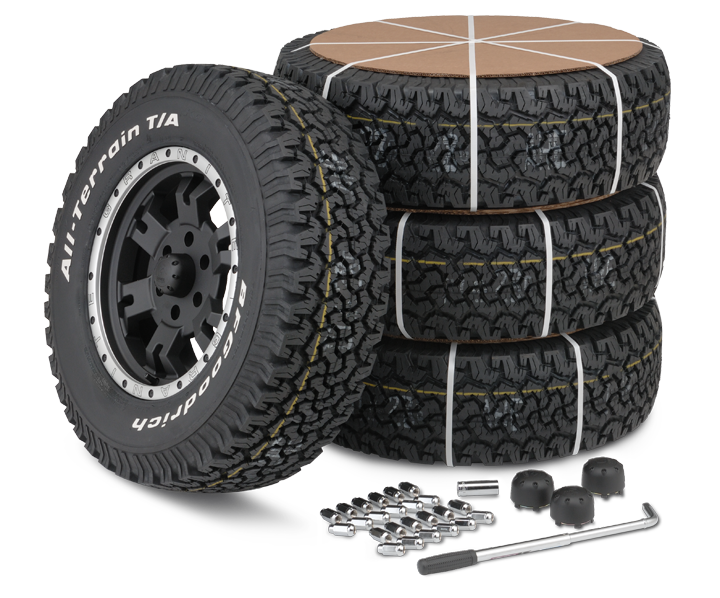Expert Morris Tire and Alignment: Enhance Your Automobile's Performance
Tire Service: The Effect of Weather
When it comes to ensuring ideal efficiency and safety on the road, recognizing the influence of weather condition problems on tire solution is vital. In this discussion, we will certainly explore the elaborate relationship in between weather conditions and tire solution, losing light on the relevance of weather-specific tire upkeep techniques and factors to consider.
Warmth and Tire Efficiency
When subjected to high temperature levels, tires experience modifications in performance that can considerably impact vehicle safety and handling. The warmth created from extended driving or hot weather problems triggers the tire rubber to soften, causing decreased tread life and raised wear. As the rubber comes to be softer, the tire's hold on the road diminishes, influencing stopping distances and total grip. In extreme instances, extreme heat can also trigger tire blowouts, positioning a severe safety and security danger to the vehicle and its owners.
Moreover, high temperature levels can accelerate the procedure of tire aging, causing the rubber to wear away much more promptly. This can lead to splits, bulges, and various other forms of damages that endanger the structural honesty of the tire. To reduce the results of heat on tire performance, vehicle drivers ought to regularly inspect their tire stress, rotate tires to make sure also wear, and check for any kind of signs of damages. In addition, using tires particularly made to endure heats can aid maintain ideal efficiency and safety and security when traveling.
Cold Weather Condition Results
Cold climate problems can have a significant influence on tire performance and safety. As temperatures drop, tire rubber can harden, leading to decreased grip on icy or snow-covered roadways. In winter, tires might likewise lose air pressure much more rapidly, which can affect handling and fuel performance. In addition, cool temperature levels can trigger tire sidewalls to stiffen, increasing the risk of damages from splits or other road threats.
To mitigate the results of winter on tires, it is essential to routinely examine tire stress and inflate them to the producer's advised degrees. Using winter months or all-season tires created for winter conditions can additionally enhance grip and hold on icy or snowy roads - morris tire and alignment. Proper tire upkeep, including routine inspections for wear and damages, becomes also more important during cooler months to ensure ideal efficiency and security
Rainy Issues Impact
Throughout wet problems, tire performance and security can be substantially influenced by the wet road surfaces and reduced presence. The tread pattern of tires plays an essential function in keeping traction on wet roadways. Tires with damaged treads are much more susceptible to hydroplaning, where a layer of water develops up between the roadway and the tire surface area, resulting in loss of traction. To combat this, vehicle drivers need to consistently check their tires for appropriate tread depth and take into consideration purchasing tires specifically designed for damp conditions.

Snow and Tire Safety And Security
Snow-covered roads posture distinct obstacles for chauffeurs, stressing the importance of appropriate tire option and upkeep. When driving in snowy problems, having the ideal tires can make a substantial difference in safety and security and performance. Winter season tires are developed with unique rubber compounds and step patterns to provide much better grip on snow and ice contrasted to all-season tires. The deeper treads and sipes of wintertime tires aid grip the road better, lowering the risk of sliding and sliding.
In enhancement to making use of winter months tires, it is essential to ensure they are correctly pumped up. Winter can create tire stress to go down, influencing grip and handling (tire shop morris). Routinely checking and maintaining the appropriate tire pressure is important for optimal performance in snowy problems

Weather-Related Tire Upkeep
Weather-related tire upkeep includes a range of techniques aimed at guaranteeing optimal tire feature and longevity in various weather condition scenarios. One vital element of weather-related tire maintenance is tire stress policy. Inspecting tire step on a regular basis and replacing tires when step wear reaches a particular depth is essential for preserving grip and stability in adverse weather condition.
Conclusion
In final thought, climate problems have a considerable influence on tire performance and safety and security (mopar tire service specials). From warmth affecting tire pressure and wear to cold climate decreasing grip, it is vital to take into consideration the weather condition when keeping and utilizing tires.
In this discussion, we will certainly check out the complex connection in between weather conditions and tire service, shedding light on the value of weather-specific tire upkeep techniques and factors to consider.
